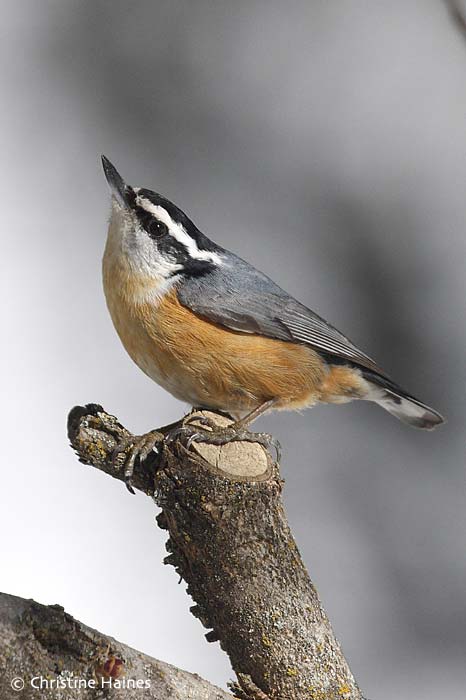
Bird watchers coast to coast are invited to take part in the 13th annual Great Backyard Bird Count, Friday, February 12, through Monday, February 15, 2010. Participants in the free event will join tens of thousands of volunteers counting birds in their own backyards, local parks or wildlife refuges.
Citizen Scientists and the Backyard Bird Count
Each checklist submitted by these “citizen scientists” helps researchers at the Cornell Lab of Ornithology, the National Audubon Society, and Bird Studies Canada learn more about how the birds are doing—and how to protect them. Last year, participants turned in more than 93,600 checklists online, creating the continent’s largest instantaneous snapshot of bird populations ever recorded.
“Taking part in the Great Backyard Bird Count is a great way to get outside with family and friends, have fun, and help birds—all at the same time,” said Audubon Education Vice President, Judy Braus. “Even if you can only identify a few species you can provide important information that enables scientists to learn more about how the environment is changing and how that affects our conservation priorities.”
Who Can Take Part?
Anyone can take part in the Great Backyard Bird Count, from novice bird watchers to experts. Participants count birds for as little as 15 minutes (or as long as they wish) on one or more days of the event and report their sightings online at www.birdcount.org. One 2009 participant said, “Thank you for the opportunity to participate in citizen science. I have had my eyes opened to a whole new interest and I love it!”

“The GBBC is a perfect first step towards the sort of intensive monitoring needed to discover how birds are responding to environmental change,” said Janis Dickinson, the director of Citizen Science at the Cornell Lab. “Winter is such a vulnerable period for birds, so winter bird distributions are likely to be very sensitive to change. There is only one way—citizen science—to gather data on private lands where people live and GBBC has been doing this across the continent for many years. GBBC has enormous potential both as an early warning system and in capturing and engaging people in more intensive sampling of birds across the landscape.”
Backyard Bird Count Data
Bird populations are always shifting and changing. For example, 2009 GBBC data highlighted a huge southern invasion of Pine Siskins across much of the eastern United States. Participants counted 279,469 Pine Siskins on 18,528 checklists, as compared to the previous high of 38,977 birds on 4,069 checklists in 2005. Failure of seed crops farther north caused the siskins to move south to find their favorite food.
On the www.birdcount.org website, participants can explore real-time maps and charts that show what others are reporting during the count. The site has tips to help identify birds and special materials for educators. Participants may also enter the GBBC photo contest by uploading images taken during the count. Many images are featured in the GBBC website’s photo gallery. All participants are entered in a drawing for prizes that include bird feeders, binoculars, books, CDs, and many other great birding products.

In 2010, Bird Studies Canada (BSC) joins the GBBC as the program’s Canadian partner. “Bird Studies Canada is delighted to be the Canadian partner for this extremely valuable program,” said George Finney, President of BSC. “Participating in the GBBC is an excellent way for Canadians to reconnect with their love of nature and birds.”
More Information
For more information about the GBBC, visit the website at www.birdcount.org. Or contact the Cornell Lab of Ornithology at (800) 843-2473, gbbc@cornell.edu, or Audubon at (202) 861-2242 ext 3050, citizenscience@audubon.org. In Canada, participants may contact Bird Studies Canada at 1- (888)- 448-2473 ext. 134 or gbbc@birdscanada.org.
The Great Backyard Bird Count is possible, in part, by generous support from Wild Birds Unlimited.